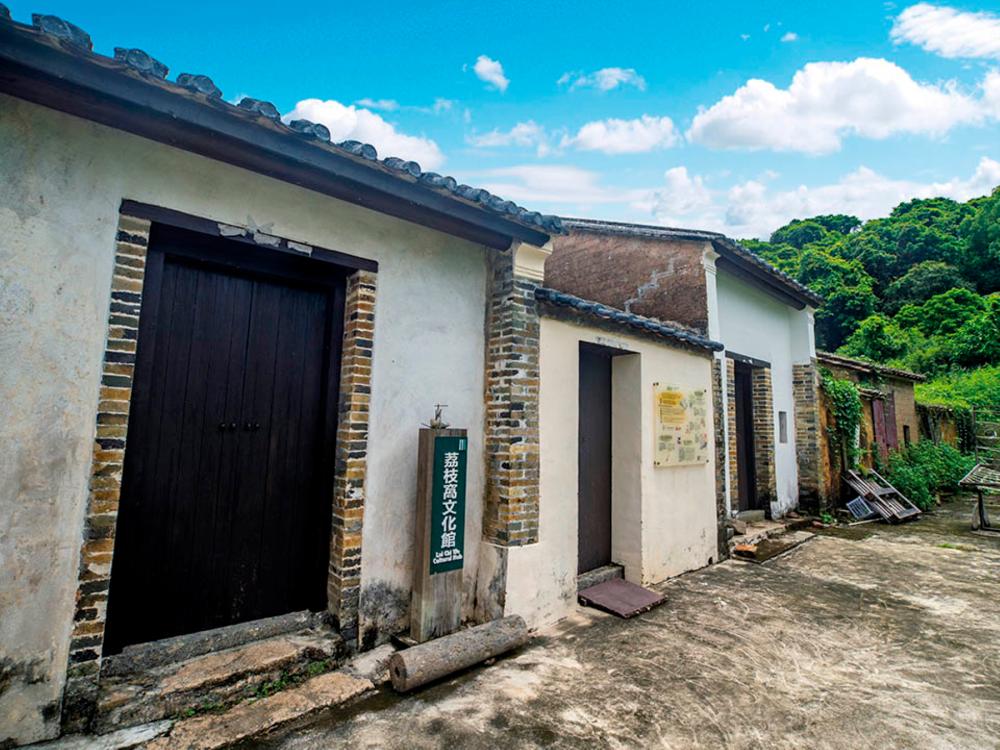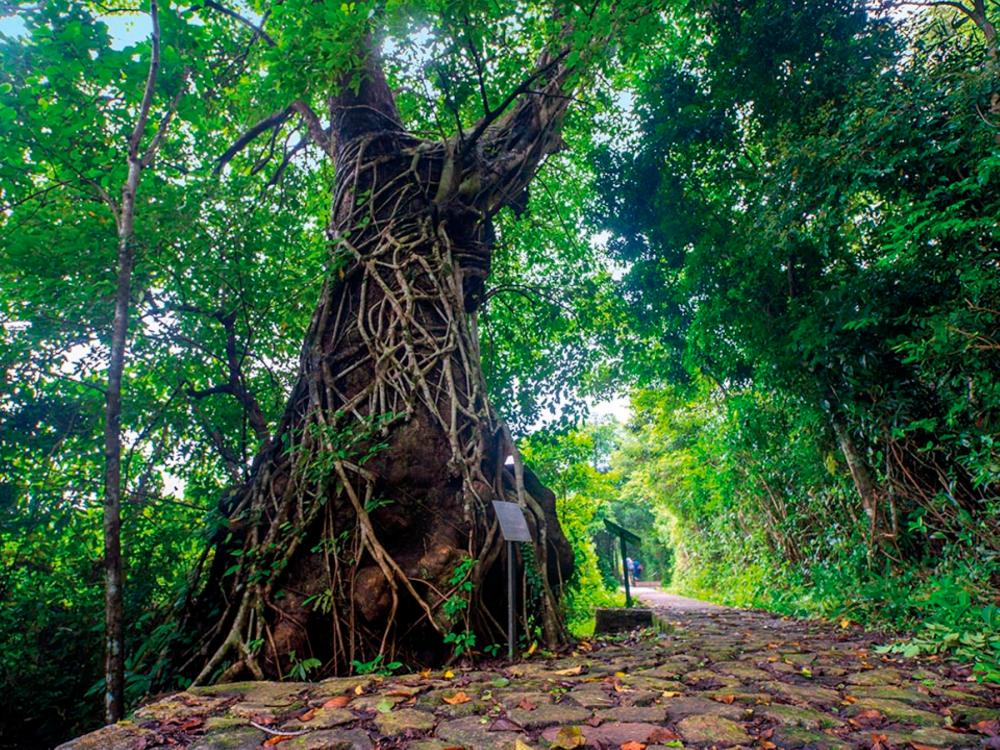UNWIND in the enchanting historic Hakka village of Lai Chi Wo, flanked by the lush ‘fung shui’ wood and mangrove forest near the New Territories’ northeast coast. The walled village of more than 200 picturesque hillside homes – auspiciously arranged in rows when built more than 300 years ago – is one of Hong Kong’s oldest, largest and best-preserved rural settlements.
The village won UNESCO’s prestigious 2020 Special Recognition for Sustainable Development award for promoting cultural heritage conservation. Stroll along tree-shrouded Lai Chi Wo Nature Trail, home to many species of mammals and butterflies, and take selfies beside a dramatic mangrove forest and stunning coastal scenery.
The Guidebook to Lai Chi Wo
· Lai Chi Wo Cultural Hub

Lai Chi Wo serves as a model of rural revitalisation in Hong Kong. The achievements of its villagers and volunteers, which have been recognised by UNESCO, are recorded at Lai Chi Wo Cultural Hub, inside a restored village house.
Restored farmland is now growing crops including organic rice, turmeric, winter melon and roselle. The hub’s exhibits of old rock specimens, farming tools, household items and traditional Hakka attire, offer visitors a better understanding of the local ecology and history.
· ‘Fung Shui’ Woods

Enclosed at the front by a gated wall, the village’s traditional Hakka homes are flanked by a dense forested area, called ‘fung shui’ woods. Villagers planted the trees, in accordance with the feng shui philosophy of living in harmony with nature, in the hope it would bring them good luck and greater wealth. The restful crescent-shaped woodland is home to over 100 native plant species. Look out for some strange-looking ancient trees, including the century-old Hollow Tree (or Sweet Gum), with numerous holes in the centre of its trunk, the giant Five-Finger Camphor, and the Stangler Fig.
· White-flowered Derris Boardwalk

In the woods near the coastal mangroves forest, you will see giant, python-like vines criss-crossing on the ground. Some hang from trees and form arches. These are white-flowered Derris (Derris alborubra) climbing shrubs, with stems measuring up to 30 cm in diameter, which have taken hundreds of years to grow to this size. The area around Lai Chi Wo is home to an estimated 112 freshwater insect species, and an important habitat for many different birds, butterflies, dragonflies and reptiles, including the endangered Yellow-Breasted Bunting songbird and the rare White Dragontail butterfly.
· Coastal Heritiera and Mangroves

Follow the stream leading out of the village until you come to a freshwater wetland area, which is one of the largest and most biologically diverse in Hong Kong. All eight mangrove species native to Hong Kong can be found in the area, including Coastal Heritiera (Heritiera littoralis) mangroves, some growing to 15 metres in height, which are the city’s largest. The species’ impressive, interweaving buttress root network ensures it thrives in the slippery wet environment. The wetland mudflat areas are also home to beds of seagrass species such as Zostera japonica and Halophila ovalis, which are valuable food and shelter habitats for young coastal creatures including fish fry and crab and shrimp larvae.
· Lai Chi Wo Village
The once thriving and affluent Hakka village of Lai Chi Wo was built more than three centuries ago. Its more than 200 houses, laid out in precise horizontal and longitudinal rows according to geomancy rules, and protected by rustic walls, were home to over 1000 residents, before a sharp drop in population beginning in the 1960s. But it has gained a new lease of life as part of the Hong Kong UNESCO Global Geopark and is now a popular destination for hikers and ecotourists. Farmers are back growing rice and vegetables and grazing cows, and some old homes have been transformed into shops and visitor centres. At weekends or on public holidays, you will find village stores and stalls offering a variety of Hakka foods and dishes, such as salty chicken, braised pork and omelettes with preserved radishes, dumplings and chicken congee.









